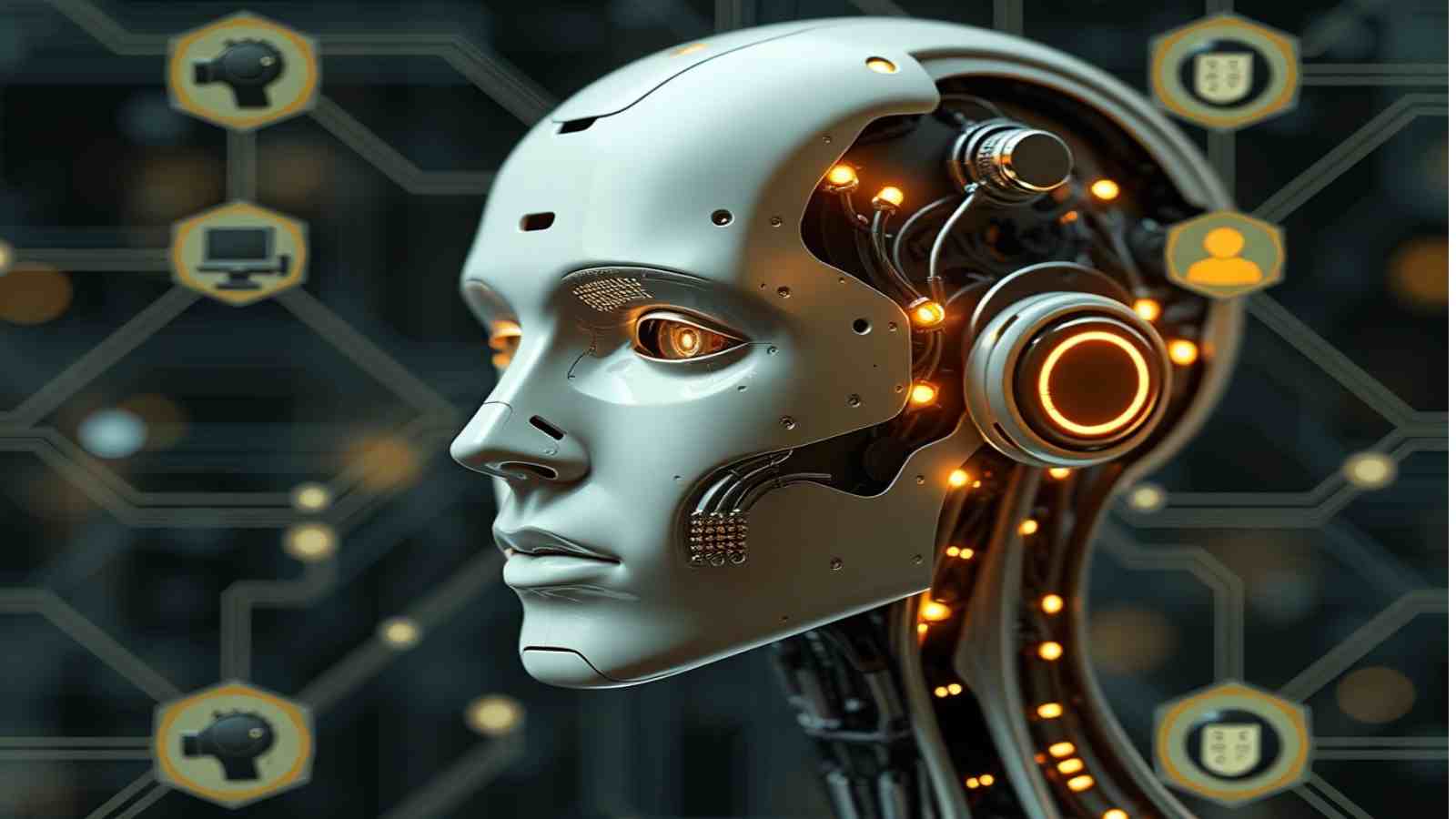In today’s digital age, the complexity and frequency of cyber threats are evolving at an unprecedented rate. Traditional cybersecurity measures are no longer sufficient to combat the sophisticated tactics employed by cybercriminals. Enter Artificial Intelligence (AI) — a groundbreaking technology transforming cybersecurity. Let’s explore how AI revolutionizes organizations’ protection of sensitive data and systems.
Section 1: The Rise of Cyber Threats

The digital transformation of businesses has led to an explosion of data and interconnected systems, creating a fertile ground for cyber-attacks. From ransomware to phishing, the variety and volume of threats are surging. The need for a more robust and intelligent defense mechanism has never been more pressing. AI offers a promising solution to bridge this gap, providing capabilities far exceeding traditional methods.
Section 2: How AI Enhances Threat Detection
AI excels in identifying patterns and anomalies within vast datasets. By leveraging advanced analytics and machine learning, AI can detect potential threats in real-time. Unlike human analysts, AI systems can process and analyze enormous amounts of data quickly and accurately, identifying subtle indicators of compromise that might otherwise go unnoticed. This results in improved threat detection and significantly reduced response times.
Section 3: Machine Learning Algorithms in Cyber Defense
Machine learning, a subset of AI, involves training algorithms on historical data to recognize patterns and predict future behavior. In cybersecurity, machine learning algorithms can:
- Identify new and emerging threats by analyzing patterns in previous attacks.
- Continuously learn and adapt to new attack vectors, ensuring up-to-date protection.
- Automate routine security tasks, such as malware analysis and network monitoring, freeing human resources for more complex challenges.
Section 4: AI for Predictive Analysis and Prevention

One of the most powerful applications of AI in cybersecurity is its predictive capabilities. By analyzing historical data and identifying trends, AI can forecast potential threats before they materialize. Predictive analysis enables organizations to strengthen their defenses and mitigate risks proactively. This preemptive approach enhances security and reduces the costs associated with incident response and recovery.
Section 5: Real-life Applications and Case Studies
Several organizations are already reaping the benefits of integrating AI into their cybersecurity frameworks. For instance:
- Darktrace uses AI to autonomously detect and respond to cyber threats, providing real-time visibility and protection.
- Cylance employs machine learning to prevent malware attacks with high accuracy, even for previously unknown threats.
- IBM’s Watson for Cyber Security analyzes vast quantities of unstructured data to uncover hidden threats and provide actionable insights.
These examples highlight the practical impact of AI in enhancing cybersecurity measures and protecting valuable assets.
FAQs
What is Artificial Intelligence (AI) in the context of cybersecurity?
Artificial Intelligence (AI) in cybersecurity refers to using advanced computational techniques, such as machine learning and data analytics, to identify, prevent, and respond to cyber threats. AI systems can analyze vast amounts of data, learn from historical incidents, and detect anomalies that may indicate potential security breaches.

How does AI improve threat detection?
AI improves threat detection by fast processing and analyzing large datasets, identifying patterns and anomalies that human analysts may overlook. AI systems continuously evolve through machine learning, enhancing their ability to detect known and emerging threats in real-time.
What are the advantages of using machine learning algorithms in cybersecurity?
Machine learning algorithms offer several advantages in cybersecurity, including:
- The ability to identify and adapt to new threats by learning from historical data.
- Continuous improvement and updating of threat detection capabilities.
- Automation of routine tasks like malware detection and network monitoring, allowing human analysts to focus on complex issues.
Can AI predict future cyber threats?
Yes, AI can predict future cyber threats through predictive analysis. By examining historical data and recognizing trends, AI can foresee potential vulnerabilities and threat vectors, enabling organizations to take proactive measures to enhance their defenses and mitigate risks.
Are there real-life examples of AI in cybersecurity?
Absolutely. Companies like Darktrace, Cylance, and IBM have implemented AI solutions to bolster their cybersecurity efforts:
- Darktrace uses AI for autonomous threat detection and response.
- Cylance employs machine learning to prevent malware attacks accurately.
- IBM’s Watson for Cyber Security scans vast amounts of unstructured data to reveal hidden threats and provide actionable insights.
How cost-effective is AI in cybersecurity?
AI enhances cost-effectiveness in cybersecurity by reducing the need for manual monitoring and response, automating routine tasks, and decreasing the time required to detect and respond to threats. This, in turn, lowers the overall costs associated with incident response and recovery, making it a valuable investment for organizations seeking robust cybersecurity measures.
Conclusion
The future of cybersecurity lies in harnessing the power of artificial intelligence. As cyber threats continue to evolve, AI’s ability to analyze, predict, and respond to these challenges will be crucial in maintaining a robust security posture. Organizations that adopt AI-driven cybersecurity solutions will be better equipped to defend against sophisticated attacks and ensure the safety of their digital environments.
By integrating AI into your cybersecurity strategy, you are enhancing your current defenses and preparing for the future. The potential of AI in cybersecurity is immense, and its applications are only set to grow as technology advances.
Stay ahead of the curve and protect your organization with AI-powered cybersecurity solutions.











